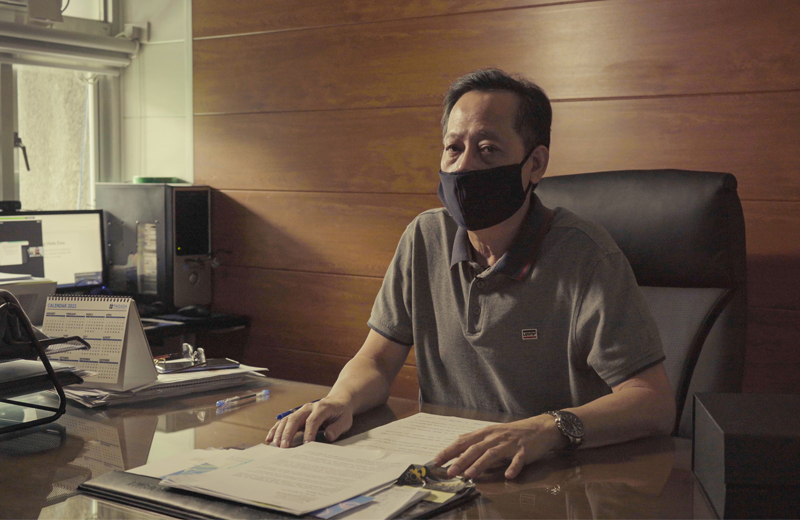Thinking of an idea and turning it into reality may be difficult, but making profit out of it is a whole new level of challenge. This is especially true for Filipino inventors who wish to contribute to society and make a living out of their innovations.
In the 90s, business experts predicted that the digital age would shift market acceptance in favor of technology-based products. From then on, businesses across the world have exerted more efforts in developing technology-based products through intuitive and creative processes.
One’s capability to commercialize a product or to move from a mere idea to a tangible item that sells is crucial for those who wish to make a profit out of their inventions. However, these things are easier said than done. That’s why we interviewed Engr. Romeo Javate, Chief of the Investments and Business Operations Division, and an expert from the Department of Science and Technology - Technology Application and Promotion (DOST-TAPI) Institute to give us an insight on the level of product readiness that is worthy of investment and commercialization.
Here are 5 things to consider when bringing techs to market:

Capitalize on your ideas.
1. Capitalize on your ideas.
The ideation process happens when you identify the scientific and commercial value of your soon-to-be invention. In most cases, the scientific value is easier to reveal than that of its commercial value. It is more complicated that you think because you have to make sure that there are customers who will be willing to pay for your technology.
Experts suggest that in order to succeed in this phase, one must be able to build a significant network of people in your industry including researchers. Likewise, make sure not to make your ideas public just yet for it may jeopardize your concept.

Protect your ideas
2. Protect your ideas
Protect your intellectual property (IP) assets, making sure that your designs are safe from those who wish to steal or copy it and reap the benefits for themselves. This is an early dead end for any inventor, if and when it happens.
To make sure inventors overcome this first obstacle, DOST-TAPI through its Intellectual Property Rights Assistance Program (iPRAP) offers assistance in securing protection for IP assets through technical and funding support in the filing of applications at the local IP office

Determine technical viability
3. Determine technical viability
Once your idea for a tech-based product is protected, it gives every Filipino inventor a notch forward to the goal of bringing his innovative creation to the market. But how can one exactly determine if the invention is ready for the market?
According to Mr. Javate innovators should make sure that their product fulfills two important criteria, the first would be technical viability or the efficiency of the product and if it really does the purpose it’s originally created for.

Determine marketability
4. Determine marketability
Meanwhile, the second criteria is that inventors should study if the product has market potential and can compete against other products that offer the same utility. This poses a challenge for an inventor to think of ways on how his/her product can stand out.
This phase determines whether your technology will truly be feasible for production. An inventor must ensure that a comprehensive analysis of the market, the creation of the value proposition, and the strategic identification of the target customers will all take place.

Look for funding
5. Look for funding
Consequently, when you have accomplished the preparation for the planned commercialization of your product, the next hurdle that needs to be addressed is the funding source to initialize its entry to the market.
These funds are important to cover the additional costs to be used for the acquisition of critical production equipment and/or raw materials for the purchase and client orders to address the growing demands for your products.
DOST-TAPI offers another assistance program to support the initial commercialization of Filipino inventions through the Invention-based Enterprise Development Program Component 2 or IBED2.
The program allows Filipino inventors to borrow up to Php 1 million payable in three years without any interest, hence, allowing them to ramp up their commercialization efforts and giving them ample opportunity to recover the capital lent by the institute.
DOST-TAPI S&T Media Service
NUR LEMUEL C. CASTILLO
